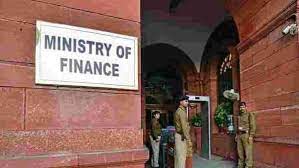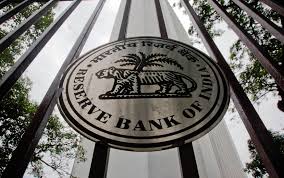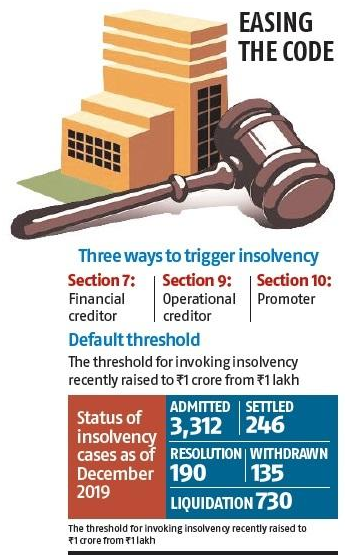
Borrowers will not need to apply for the interest-on-interest waiver scheme for the six-month loan moratorium, the finance ministry has said, asking lenders to credit ex-gratia relief amount into the accounts of those eligible.
The ministry late Tuesday issued a set of 20 clarifications on the scheme in form of frequently asked questions or FAQs
The lending institutions will draw up a list of their borrowers eligible under the criteria laid down by the government and refund the difference between the compound interest and simple interest paid between March 1 and August 31.
The benefit is available to all eligible borrowers including those who did not opt for moratorium. The lenders can seek a refund from the government that will foot the bill.
According to a Crisil report, 75% of borrowers will be covered under the scheme, which likely to cost the government Rs 7,500 crore.
The scheme is not applicable to accounts classified as non-performing assets (NPAs) at the end of February as also loans against fixed deposits, bonds, shares or other interest-bearing instruments and loans given for investment in financial assets such as shares and debentures.
While the scheme includes any outstanding amount on credit cards, relief will not be paid to those credit card holders with a card balance in ‘credit’, as per the FAQs.
The Rs 2 crore limit is based on the borrower’s aggregate loans across lending institutions as on February 29.
Non-fund based limits such as letters of credit and guarantees would not count towards the Rs 2 crore limit.
For calculating the interest differential, lending institutions will consider the contracted interest rate on loans as of February 29. For zero interest loans, the lender’s base rate should be used while for credit card dues, the weighted average lending rate for the transactions between March 1 and August 31 should be applied, the ministry said.
On October 23, the government had announced the scheme for ex-gratia payment of difference between compound interest and simple interest for six months (March 1, 2020 to August 31, 2020) to borrowers in specified loan accounts.
The move was in response to the Supreme Court (SC) seeking clarity on the waiver of ‘interest on interest’ in the ongoing case filed for relief of borrowers availing the moratorium on loan repayments granted by the Reserve Bank of India (RBI).
The case was filed on behalf of borrowers, seeking relief from payment of the interest accruing on the monthly instalments that were paused for six months.
The SC has set the next hearing for November 2 to assess the implementation of the scheme, which the government said would be completed by November 5.
“Banks will not have to go through individual borrowers, only the categories need to be selected and the scheme needs to be applied. It will all be system-based, there is not much manual intervention required,” said Mukesh Kumar Jain, former managing director and CEO of the erstwhile Oriental Bank of Commerce.
The FAQs said banks would use the information they had along with information from credit bureaus to assess a borrower’s aggregate loans. Jain said this should not be an issue as, “Normally, loans up to Rs 2 crore are taken from a single bank since it is a relatively small amount”.
Source: Economic Times





